Photographing events can be fun, but they are certainly not easy! Things move fast, there’s usually a ton of energy in the air, and the best moments often don’t occur twice.
As someone who has photographed events in New York City for the past 12 years, here are my most important event photography tips and strategies for nailing a shoot, whether it is a small family gathering, an evening cocktail event, or a wedding with a very intense mother-in-law!
9 Event Photography Tips and Strategies
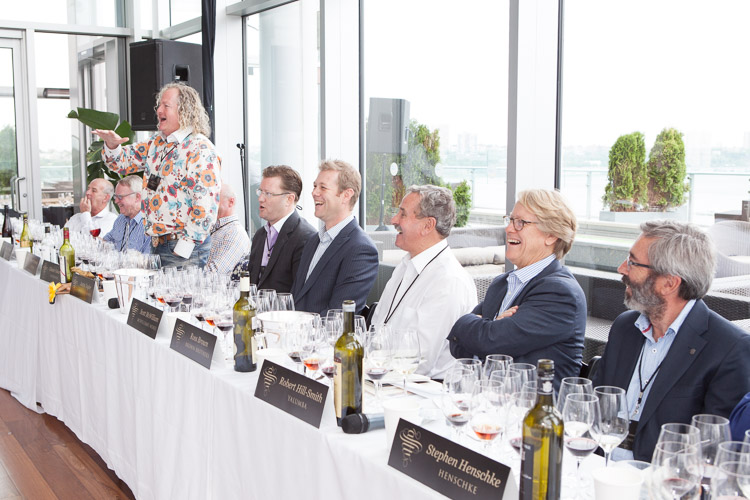
1. Set up the shot and wait for the expressions
Good event photography is all about expressions.
While you often will need to capture some environmental shots, the photographs of people are the stars of the show, and to take a good photograph of people you need good expressions. Event photography is much more than just aiming the camera and shooting. It’s about seeking out poignant moments, powerful expressions, and often just waiting for them to appear.
Pay attention to the looks in people’s eyes.
Set up a shot and wait for someone to smile or react.
Inexperienced event photographers will put their camera down and by the time the moment happens they will have missed it.
Experienced event photographers will feel that a great moment could occur and they will wait with their camera at attention as it happens. Sometimes, even often, that moment doesn’t ever come. But the handful of times it does occur during the event will likely result in the most spectacular photographs of the day.

2. Fill the frame
Fill the frame with your subjects, make that expression prominent, and get rid of the fluff that doesn’t add to the moment.
When we talk about creating images with emotion, capturing strong facial expressions is usually how you do that. But in addition to nailing the timing of the shot, framing is just as important.
It is wonderful to create complex images capturing the people, the background, or multiple things happening at once. You should certainly try to get those images, but when a powerful moment happens, get in there and frame what’s most important.
3. Be aware of your surroundings and look for that special moment
There is a reason why experience is so important for event photography. That is because event photographers learn to have a good feel for what is going on so they can anticipate what is going to happen.
Your awareness is so important at events.
When the camera is down you should be looking around trying to figure out where and when the next picture-perfect moment is going to appear.

4. Don’t settle for stiff shots!
Uncomfortable people are the bain of every event photographer’s existence.
If everyone were outgoing and extroverted, the job would be so much easier, but that’s just not the reality, and your job is to help make people comfortable.
As an introvert myself, this was a tough skill to learn but trust me, it’s possible for even the quietest event photographer to master this. If you see someone who looks uncomfortable, whether it’s a candid shot or a posed portrait, talk to them! Smile, ask them how their day is going, and show genuine interest. Crack a joke, find something in common, and just engage them in any way you can.
Never tell them they look uncomfortable! Instead, compliment them.
Being in situations with large groups of new people at each job can fry your brain a bit until you get used to it. But that’s not an excuse to slink back and hide in the background for much of the event.
With a professional camera, you cannot hide no matter what you do. So slinking in the background can just make you more obvious and people more uncomfortable with your presence.
Instead, get in the middle and do as you would do for posed shots, smile and say hi to people.
You don’t have to make small-talk unless you’re comfortable with it. But just acknowledging people occasionally can go a long way towards helping them let down their guard and forget you are there.
The more comfortable you seem the more comfortable your subjects will be. Even if you are sweating on the inside, try to smile and look comfortable on the outside.
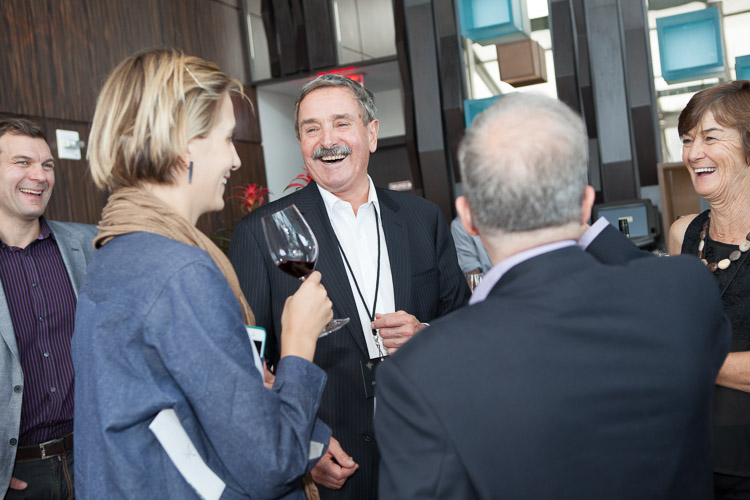
5. Capture a variety of candid photographs
The best moments of any event are the candid ones.
Look around the room and watch people interact, wait for the right moment.
I always find that it can be good to pretend you are looking around the room while honing in on a good shot so that people aren’t made aware of the fact that they about to be photographed, which often ruins the moment.
I’ll get myself in position and the second the moment happens I’ll aim my camera and take the shot.
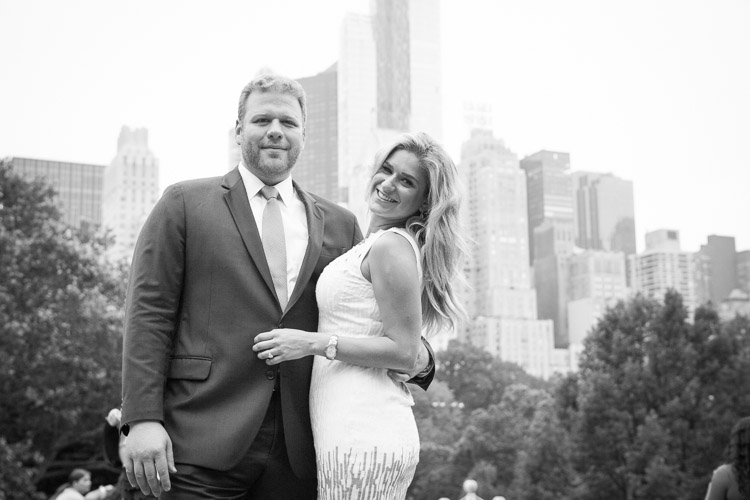
6. Capture a variety of posed photographs
Please remember to always take posed photographs from events that you photograph.
Yes, the candid shots are more interesting and are generally the best, but people also want a few posed photos. I often see wedding photographers that brand themselves as documentary wedding photographers, which is sometimes just a codeword indicating that they don’t feel comfortable posing people.
All wedding photographers should be good at capturing the events in a documentary way, but they also need to take good posed photographs, because that’s what people want.
Posing people doesn’t have to be scary.
We already spoke about getting people to stop being stiff, but there are a couple tips that will help to make any posed photo much better.
Simple Posing Tips
- Always tilt a person’s body to the side to make sure they look slimmer.
- Pay attention to people’s arms and hands (if they look stiff ask them to hold their hands together in a comfortable way, to place their arm on something, to put their hands in their pockets, or to cross their arms).
- Pay attention for people who are looking down too much, creating that double chin look.
- Don’t be afraid to ask people to embrace, to look at each other, or to kiss if they are a couple.
- Try to occasionally think of a funny pose to do to break up a tense portrait.
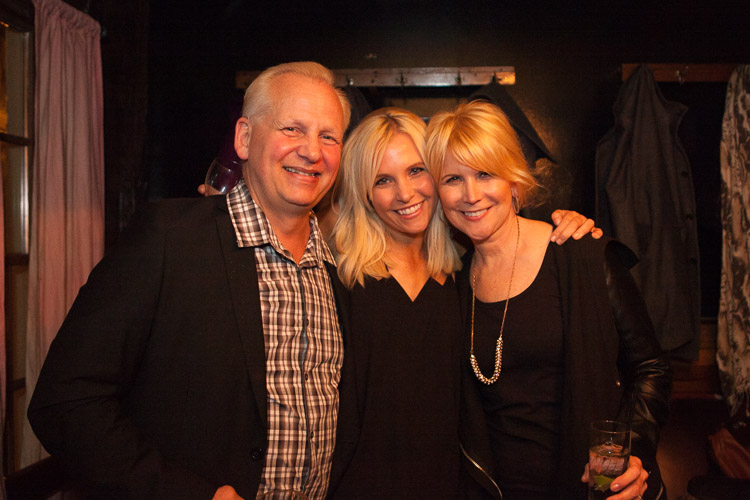
7. Use an external flash when necessary
An external flash will transform your event photography in medium light and in darker environments.
The flash that is built-in to the camera adds head-on light that creates an awful look. Instead, put an external flash on the top of the camera and point it upwards and slightly back with an attached *small* diffuser (the kind that pops right over the top of the flash head).
This works wonders in indoor situations because you are sending the light bouncing off the ceiling, which diffuses it and makes it much more flattering on people’s faces.
The difference is astounding.
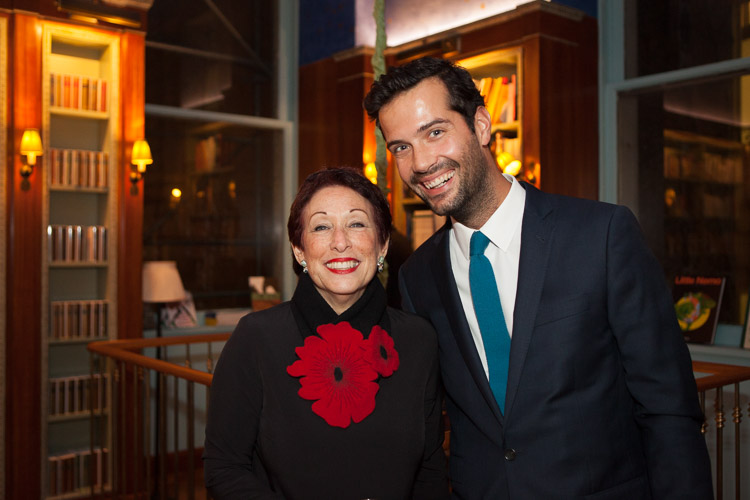
8. Raise your ISO
For darker events, don’t be afraid to raise your ISO, as this can have the biggest effect on the quality of your photos.
Raising the ISO will add some grain/noise to your images, but it will allow you to capture bright images in very dark situations and to have a fast enough shutter speed to make all of your photos sharp.
In addition, if you are using a flash, a high ISO will allow you to expose for the background of the event while having the flash add enough fill on people’s faces to help them stand out and look beautiful.
If you use too low of an ISO, you will notice that while the people will be exposed well, the background surroundings will be black.
9. Cut down on the editing grind
Editing an event is the worst. If you are not efficient in your workflow, you can spend twice or three times more time than it can take a seasoned editor to process photos from an event.
To work efficiently, I will immediately go through an event and give the images zero, three, and five stars. Zero images are rejects, three stars are images that I probably won’t send the client but I’m unsure about, and five stars are the ones I send the client.
I then go through the three stars and try to find any images that stand out and I go through the five-star images and try to knock some back down to three stars.
Once you do this, you will quickly have a set of the images that you want to send the client (or for yourself) and this makes the rest of the editing so much easier.
Summary and action plan
So next time you have an event to photograph or even if you are just attending, try out these nine tips and let me know how you make out.
Do you have any other tips to add to this list? Please do so below, along with any questions or comments you have about this topic.
